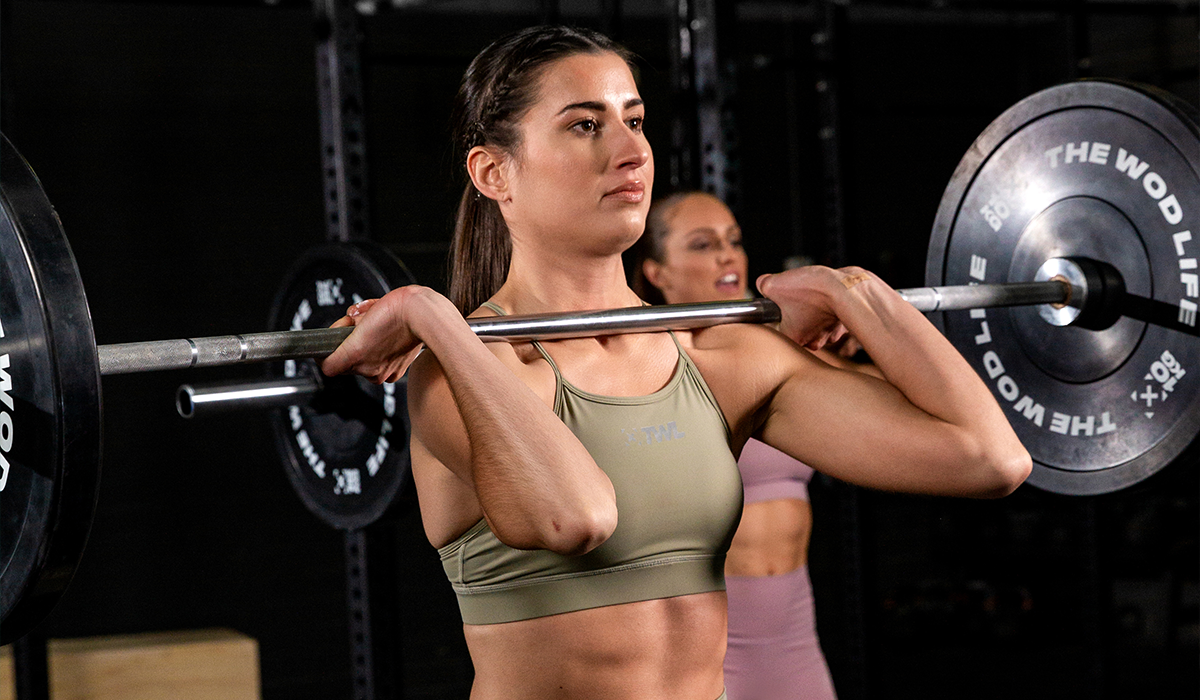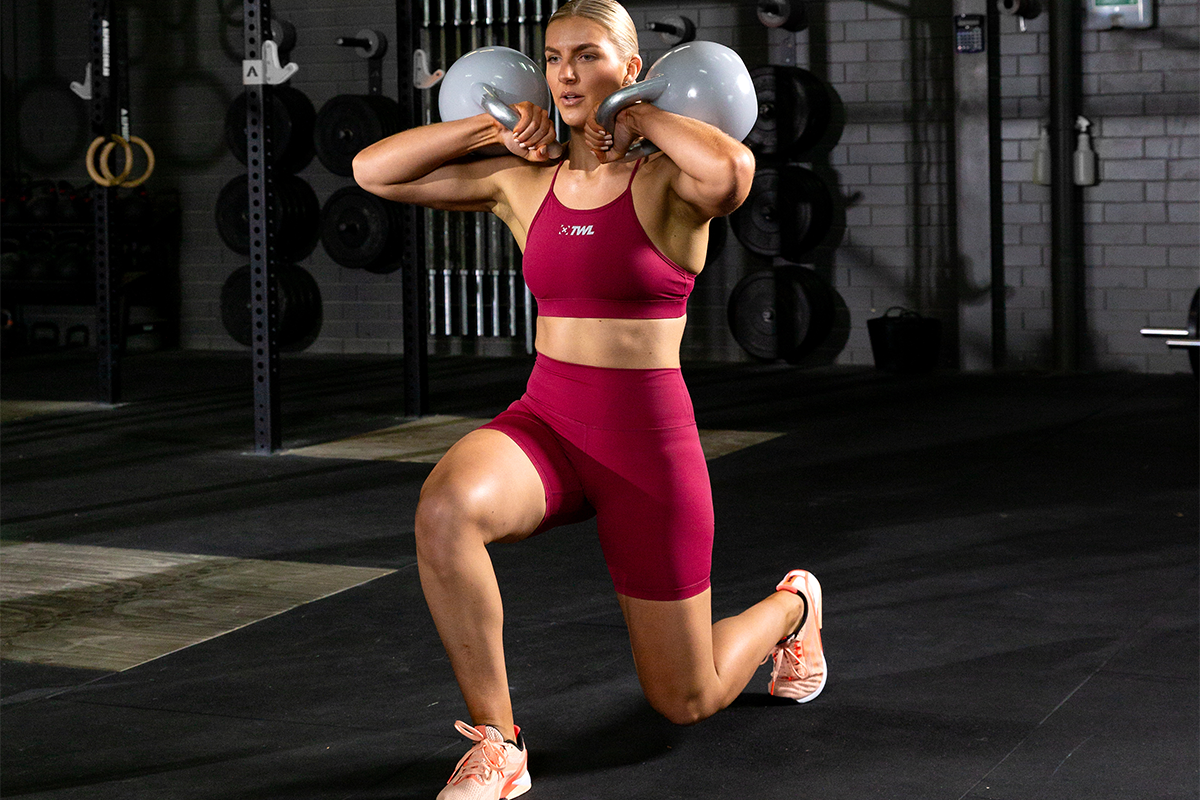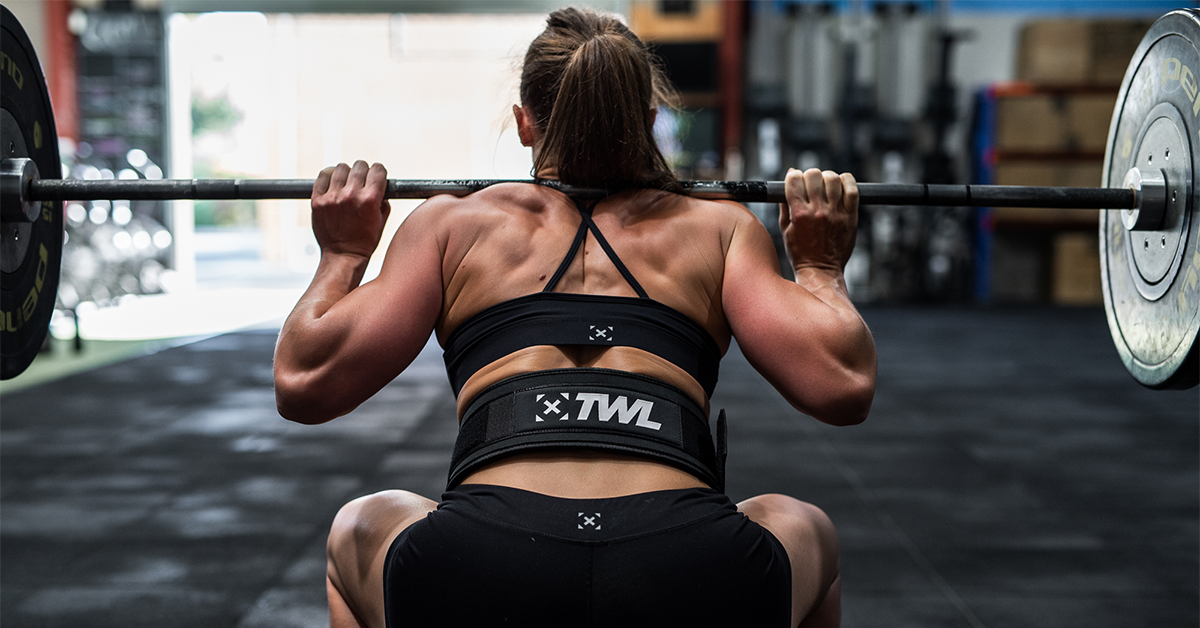You know what they say: “Squatting each day keeps the doctor, physio, and chiro away!” This is all well and good, but we need more information. We know squatting is beneficial, but too much of a good thing can be a bad thing. Can we safely squat every day? If so, what kind of squat should you be doing? How many reps? What weight range? The short answer is this: Yes, you can squat every day, but you should be varying the kind of squat, the weights, and the volume in order to do so safely and enjoy the benefits. Let us take a closer look at how and why you should incorporate some variation of squatting into your daily training.
View this post on Instagram
How to Structure Your Daily/Weekly Squat Plan
Having a rock solid plan is key, not to mention nailing the fundamentals (technique and mobility) before progressively adding load. If you want to work on mobility, start with an air squat. Other accessories you might like to incorporate over time are resistance bands, a PVC pipe, and eventually some light weights. But to get you started with the perfect squat that will allow you to follow a structured and beneficial squat plan, you need to get the basics right.
Even if you’re a squat pro, it never hurts to scale back to basics every once in a while to make sure that your knees are not falling in, your shins are vertical, your heels stay down, and you are leading with your chest.
Adding Variety as You Progress
Once you are past this point, there are three areas you need to be sure to program variety in:
- Weight.
- Volume.
- Squat type.
Weight/Volume
It’s not as simple as, “Squat heavy every day!” Forget getting stronger — this could lead to serious injury. Even if you manage to stay healthy with a program like this, you will likely get stuck at frustrating plateaus.
To vary weight and volume, you might consider having a high-weight/low-volume day and doing low-weight/high-volume another day.
Alternatively, you could try Mark Bell’s underloading method. As you get stronger in your squat, rather than adding weight, increase the speed of the lift or change up your sets and reps. This will encourage you as the athlete to apply the rules of movement to different positions, adapt to new positions much quicker, and adjust your own bad form without the risk of heavier weight. It doesn’t always have to be the load that changes.
View this post on Instagram
The goal here is to challenge your body in ways that don’t necessarily involve grinding out heavy weights.
Squat Type
Next, you’ll want to vary the type of squat you do. There are countless squat variations available to progress the movement before you add load, including:
- Single leg squats (pistols).
- Box squats.
- Tempo squats.
- Frog squats.
- Pause squats.
Even simply widening and narrowing your stance will challenge your mobility, balance, and strength. You should expect to see huge improvements in your form and strength by incorporating these variations into your plan.
Don’t overcomplicate your squat plan. For most athletes, fancy programming is not necessary and a simple, “Monday – air squat, Tuesday – back squat, Wednesday – tempo box squat” etc. plan will absolutely get the job done. Shake things up every six to eight weeks so you don’t get bored.
View this post on Instagram
Maxing Out
We all love the thrill of maxing out, but it’s something you should approach with caution.
Hitting your max weight every day is not something you will hear as widely recommended and for a good reason. Maxes should be built up over time. Working to your maximum capacity too frequently will inhibit your body’s ability to rest and recover.
If you do try to max out regularly, the likelihood is that you simply won’t be able to hit those numbers repeatedly. Furthermore, you will not build strength.
Instead, schedule one heavy day each week, work at up to 90% of your 1RM, and work on making that squat easier. From there, you might want to test you maxes once a month. Halfway through, test your back squat 1RM; on the alternate fortnight, test your front squat.
Don’t forget, too, that you can find a max for just about anything:
- Max double front/back squat.
- Max triple.
- Max pause squat.
Try switching it up!
Finally, while we talk about squatting every day, let us not forget rest. Incorporating some form of squat into your normal training program is great, but do not for a moment think that this means you have to be squatting seven days a week without a break. Always remember to listen to your body and rest when you need to.
To recap, if you want to attempt to squat every day, remember your body needs variation. Mix up the squat types, weights, and volume, and watch the gains roll in.
We know it’s a lot to manage, so we took care of the programming for you. Sign up below to receive your free back squat programming.

















